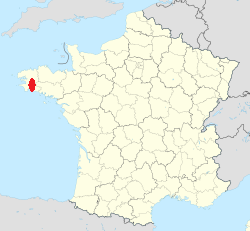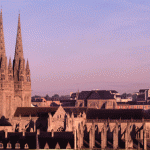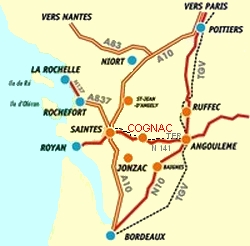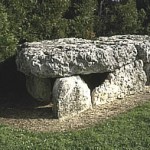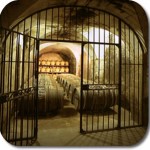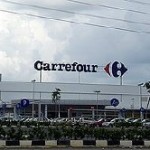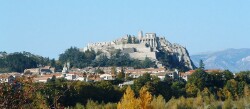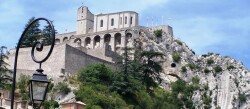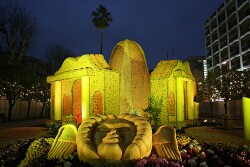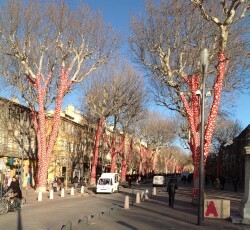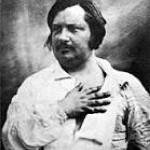 If you’re a lover of French literature, then you’ve surely heard of and probably read novels by Honoré de Balzac, one of the most prolific and well respected novelists of the 19th century. A fascinating character, you can visit his last house (he had several) in Paris and be thrown back into the romantic period in which he wrote.
If you’re a lover of French literature, then you’ve surely heard of and probably read novels by Honoré de Balzac, one of the most prolific and well respected novelists of the 19th century. A fascinating character, you can visit his last house (he had several) in Paris and be thrown back into the romantic period in which he wrote.
Born in the city of Tours in the Loire Valley, Balzac arrived with his family in Paris at age 15, anxious for adventure in the capital. He studied law and dabbled in classes at the Sorbonne, discovering a love for words and their impact on readers. In 1819, at age 20, he left home and moved into a tiny studio in the rue de Lesdiguières in the Marais where he initially wrote under the pseudonom of Lord R’Hoone (the anagram of d’Honoré). He wasn’t born a literary genius: he became one through hard work and great determination.
In addition to writing, he had a lust for entrepreneurship. Before and during his career as a writer, he made attempts at being a publisher, printer, businessman, critic, and politician; he failed in all of these efforts. He founded a printing company in the Latin Quarter, under the fine tutelage of Madame de Berny, his first great love and 20 years his senior, who was as well his mentor, guardian, substitute mother, lover and banker. Prolific in his spare time, he published several novels during this time. Despite the protection and best advice of Mme de Berny, Balzac fell deeper and deeper into debt, and the collectors began what would be a hounding process that would change his life.
His first refuge from his créanciers was 1, rue Cassini (14e), where he wrote his most famous novels: Les Chouans (1829), Peau de Chagrin ( (1831), Le Père Goriot (1835). His vast magnum opus, La Comédie Humaine, had begun: 2500 characters and a total of 95 novels. A great detailer of mores and culture, Balzac described the courtisanes of the Grands Boulevards, the students in the Latin Quarter, unhappily married women, and a finely detailed portrait of French life in the years after the fall of Napoleon Bonaparte. La Comédie humaine reflects his own real-life difficulties, and includes scenes from his personal experience.
There were both success and excess in his life. From refuge to refuge, either with friends or a secret passageway in someone’s apartment, he hid constantly from his debtors, writing furiously the whole time. One is his last refuges is the one you can visit in Paris at 47 rue Raynouard in the 16th; it is considered today le musée de Balzac.
In 1846, after a number of years of correspondence with a certain Madame Hanska, they married and he moved into her home in the rue Fortunée in the 8th. Five months later he suffered a heart attack and died, with a colossal amount of debt; he was buried in the Père Lachaise cemetery. In honor of his prolific writing and chronology of Parisian life, the city of Paris has renamed rue Fortunée rue Balzac (8e).
If you’re interested in learning more, read a more detailed biography of Balzac here.
